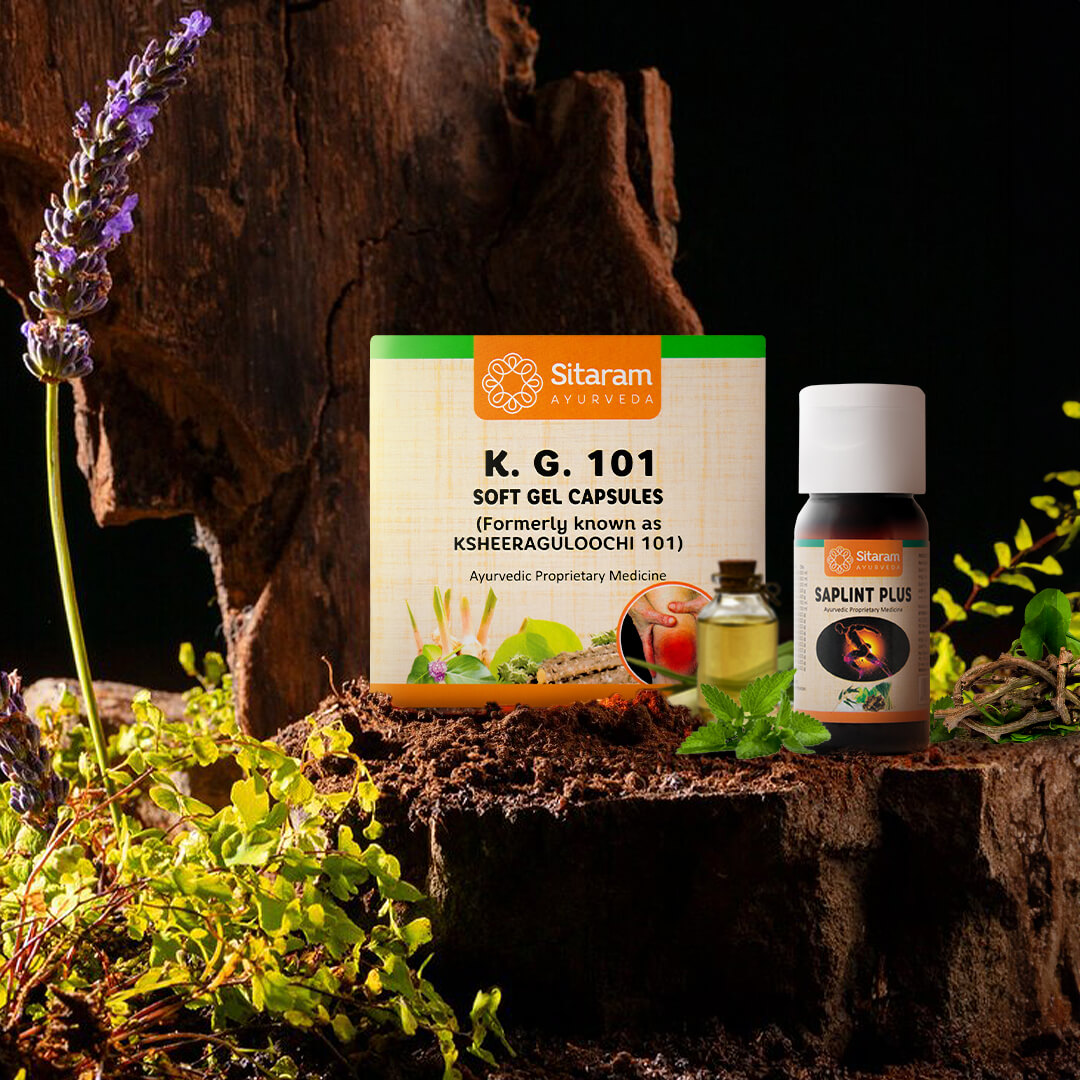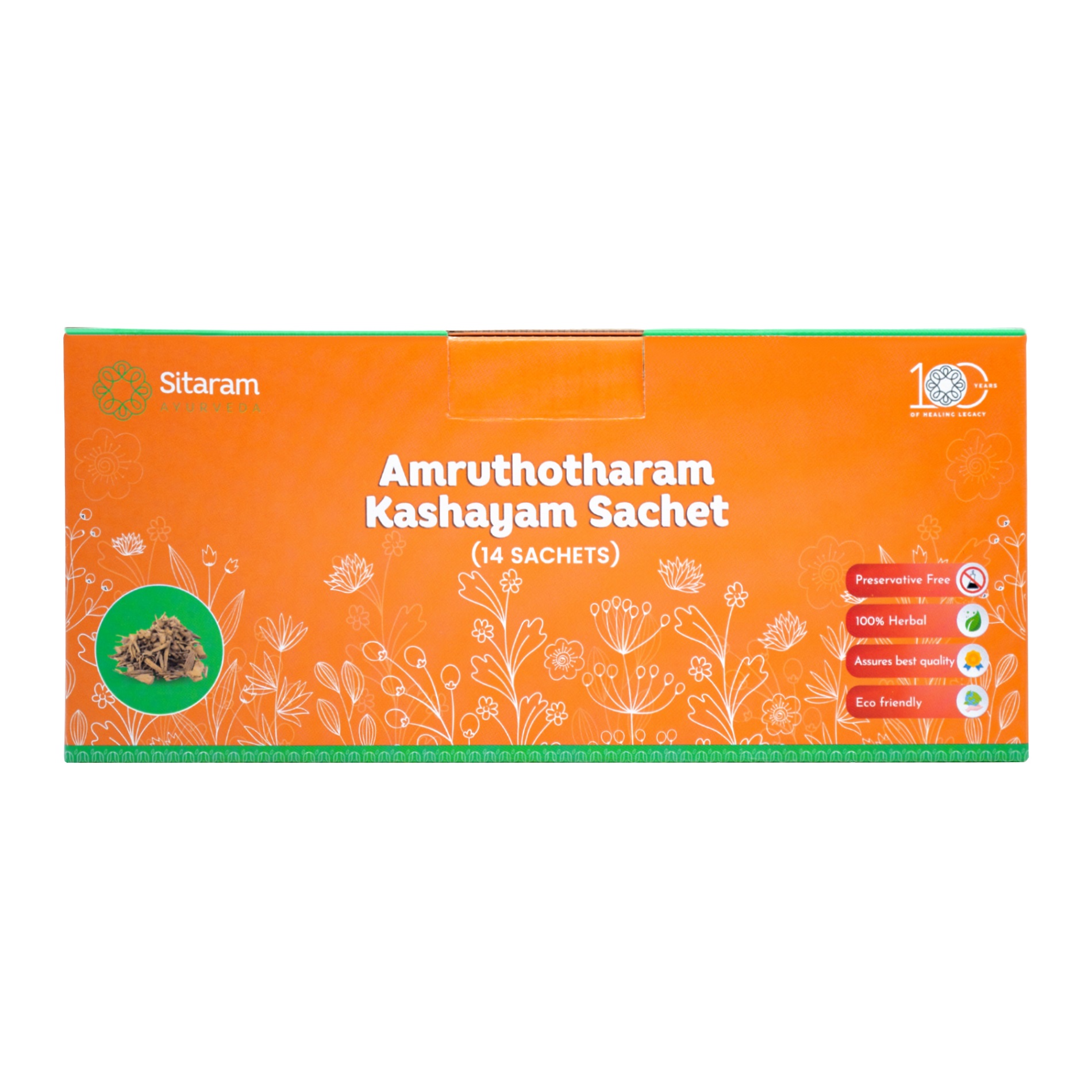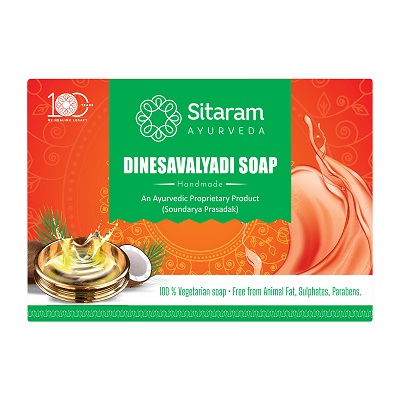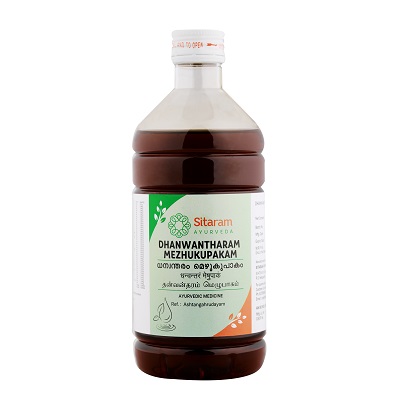Description
Panchagavya stands for the significant five obtained from the domestic cow – namely milk, curd, ghee, urine and dung, substances hailed for their immense therapeutic value by Ayurvedic literature. Panchagavya Ghrutam, a medicated ghee processed using these ingredients, is found mentioned in the context of Apasmara Chikitsa – a broad spectrum of psychosomatic illnesses.
Ghees or fats are widely acclaimed for their ‘Sookshma’ swabhava, the capability to reach deep into tissues and the central nervous system. It is efficient in crossing the blood brain barrier and delivering the therapeutic action in the desired sites of action.
Key ingredients and their properties:
VASA (Adathoda vasica.)
Vasa reduces joint pain and swelling associated with arthritis and gout. It also reduces cramps due to its antispasmodic property. Vasa powder, along with honey is considered to be beneficial in cases of respiratory infections such as whooping cough, bronchitis and asthma. It helps to clear sputum from the air passages due to its expectorant property. Vasa might also help manage the symptoms of arthritis due to its antioxidant and anti-inflammatory properties.
CHITHRAKA (Plumbago zeylanica)
Chitraka is a potent digestive medicine used for treating a host of ailments, including indigestion, constipation, anorexia, abdominal distension, stomatitis, abdominal pain, etc. Imbued with digestive, caustic, stimulant and carminative properties, it eliminates harmful AMA toxins from the body, which has accumulated due to malabsorption of food particles.
MUSTA (Cyperus rotundus)
Commonly known as common nutsedge, it is effective in gastritis, irritable bowel syndrome. Due to its breast purification property, it is used during postpartum care to avoid indigestion to the child. Nut Grass has a long history of medicinal use in the Ayurvedic system of medicine. Its benefits have been documented in the Charaka Samhita, one of Ayurveda’s prime texts. The herb also features heavily in the medicinal texts of Chinese Traditional Medicine (CTM). In CTM, Nut Grass is credited with the ability to restore ‘qi’, the natural patterns in which the body functions.
PATHA (Cyclea peltata)
It is widely used in bone fracture and wound healing. Also used in the treatment of fever and act as a breast milk purifier. It is commonly known as Indian moonseed. Enhances immunity and prevents inflammation of the respiratory passages due to its immunomodulatory and anti-inflammatory properties. Used in conditions including infertility, wound, hypertension, and skin diseases.
TRIPHALA
The most powerful benefits of Triphala (an Ayurvedic herbal powder) include improving digestion, reducing signs of aging, detoxifying the body, aiding weight loss, strengthening the immune system, managing diabetic symptoms, and optimizing nutrient uptake efficiency.
HAREETHAKI (Terminalia chebula)
Popularly known as Indian walnut for its innumerable benefits or Indian hog plum in English, it is extremely valuable for its role in improving hair health. It is useful for treating scalp infections like dandruff, itching and hair fall. It also strengthens them from the roots, prevents breakage and loss of hair and bestows silky soft, smooth hair. Chebulic Myrobalan is one of the three key ingredients in Triphala, a natural compound that provides overall support for digestive function and helps ensure that the digestive tract works at optimal levels. The Ayurvedic Pharmacopoeia of India has documented the use of the powdered herb in intermittent fevers and chronic fevers, anemia and polyuria. Chebulic Myrobalan can also be used to treat gastrointestinal and respiratory disorders.
AMALAKI (Emblica officinalis)
Amalaki is commonly known as the Indian gooseberry is high in Vitamin C and natural antioxidants known as flavonoids and polyphenols. When used for hair treatments, it is found to strengthen and condition follicles down to the roots. Amla oil can promote hair growth, reduce dandruff, and prevent the greying of hair.
VIBHITHAKI (Terminalia Bellerica)
Known as beach almonds or Bedda nut tree, it is rich in Vitamin C and other antioxidants that nourish the hair roots. Bibhitaki helps in making the roots of the hair stronger, minimizing hair fall and preventing premature greying of hair strands.
HARIDRA (Curcuma longa.)
The anti-inflammatory and antioxidant properties of Haridra assist in preventing the progression of diabetes-related changes in organs like the kidneys, retina, nerve cells and minute blood vessels in the body. The root of the herb, used either fresh or dried, has a host of medicinal benefits. It acts as a carminative and also enhances the complexion and skin tone. In addition, Turmeric can be used to combat liver damage, respiratory disorders and ulcers.
YASHTI (Glycyrrhiza glabra)
Yashtimadhu is beneficial in treating acid peptic disease. It reduces gastric acid secretion and inhibits the formation of peptic ulcers. It is also one of the world’s most widely researched herbs for its role in supporting the body’s normal digestive function. It is useful in Hyperacidity, useful in Peptic ulcer, useful in Gastro-Esophageal Reflux Disease (GERD).
PIPPALI (Piper longum)
Pippali is known as “Tridoshic” herb as it suits all body types. Thus regular consumption of pippali in suggested quantity can help you to immune your body to quite an extent. Pippali has Anti-microbial, Anti-inflammatory activity. Consumption of pippali is said to exhibit antispasmodic action and hypoglycaemic effect, which is believed to lower blood sugar level. It is also reported to be the antagonist in respiratory depression. Also, due to its cooling post-digestive effect, the consumption of pippali is considered as a safe and effective option to avoid all sorts of digestive disorders.
MANJISHTA (Rubia Cordifolia)
Manjistha or Indian Madder is considered to be one of the best blood-purifying herbs. It is mainly used to break down blockages in the blood flow and remove stagnant blood. Manjistha herb can be used both internally and externally on the skin for promoting skin whitening.It helps manage acne and pimples by inhibiting the growth of acne-causing bacteria due to its antioxidant property.
PANCHAGAVYA consists of :
COW’S MILK
It is an important food substance that enhances the Ojas or vitality of the human body. Cow’s milk contains Cerebrosides which are hailed to have a good ability to improve and regenerate brain cells.
COW’S GHEE
It enhances eyesight, increases the strength and also flexibility of the bones. Regular consumption of ghee boosts physical as well as mental strength. It keeps the body healthy and enhances the body’s strength and immunity.
COW’S CURD
Curd prepared from cow’s milk ‘dadhi’ or Cow Curd. It has therapeutic value in many ailments like diarrhea, dysentery and is also recommended in chronic specific and non-specific colitis. The cow’s curd also prevents premature aging.
COW’S URINE
Cow’s urine is traditionally indicated in the use of ailments like intestinal worms, oedema, anasarca, ascites, abdominal distension, various painful conditions and anaemia.
COW DUNG
It is naturally antiseptic, antibacterial, fungicidal and useful in serious skin conditions like psoriasis, eczema and gangrene. And thus, it is used in skin ointments for relieving and curing skin disease. Although, Cow’s dung is equally holy content as cow urine and is used to purify the environment.


 Sign In
Sign In Cart
Cart 










Reviews
There are no reviews yet.